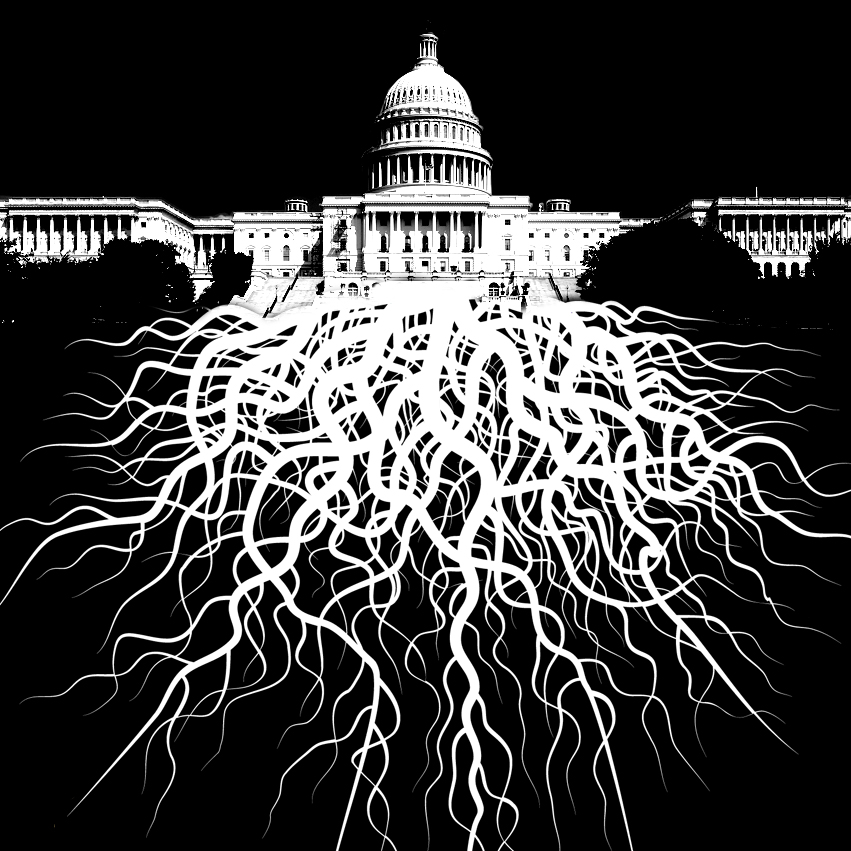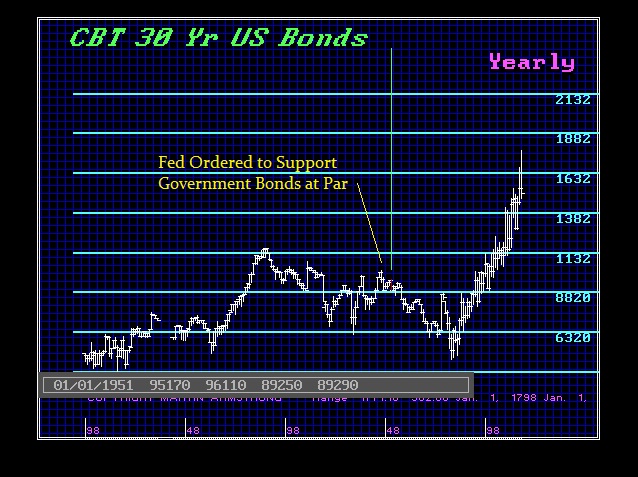In Part 1 of this article I provided the background regarding the phases of Fourth Turnings and where we stand nine years into this period of crisis. I will now ponder what could happen during the remainder of this Fourth Turning.

“History offers no guarantees. Obviously, things could go horribly wrong – the possibilities ranging from a nuclear exchange to incurable plagues, from terrorist anarchy to high-tech dictatorship. We should not assume that Providence will always exempt our nation from the irreversible tragedies that have overtaken so many others: not just temporary hardship, but debasement and total ruin. Losing in the next Fourth Turning could mean something incomparably worse. It could mean a lasting defeat from which our national innocence – perhaps even our nation – might never recover.” – Strauss & Howe – The Fourth Turning
The most important point to comprehend is the death of the existing social order always occurs during the course of a Fourth Turning. Thus far, those constituting the Deep State hierarchy have fended off their demise. They are utilizing every tool at their disposal to retain their wealth, power and control. As their mass media propaganda machine falters, they have redoubled their rigging of financial markets to promote a narrative of economic recovery, while further enriching themselves and their cronies.
It is clear they have reached the peak of financial manipulation, money printing, and artificial interest rate suppression. The narrative is faltering. Their last and final option to retain power is war. As their “everything bubble” (stocks, bonds, real estate) inevitably implodes, civil and/or global military conflict will be utilized to distract the populace from their Deep State domestic disasters.
Continue reading “THE UNBEARABLE SLOWNESS OF FOURTH TURNINGS (PART TWO)”








